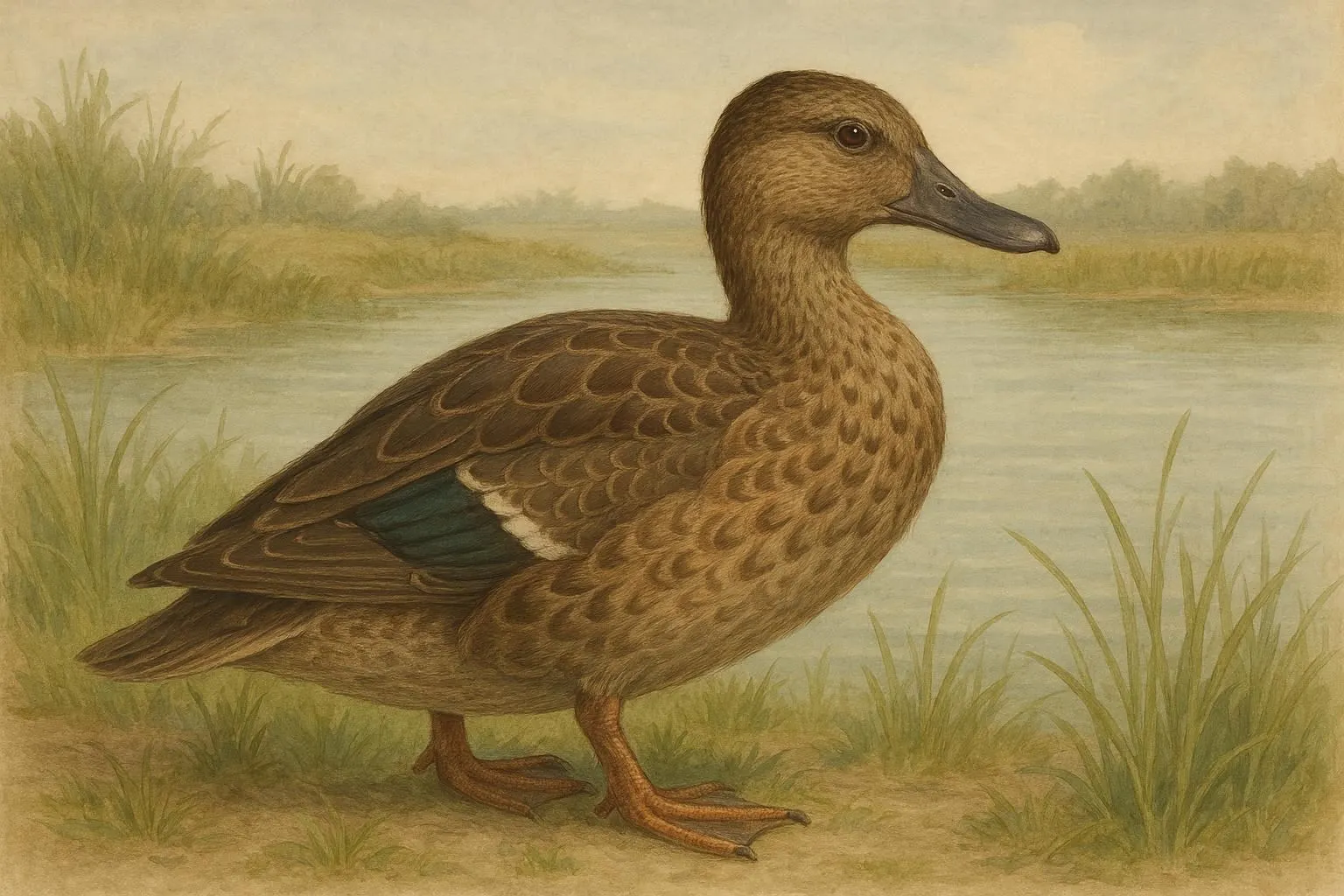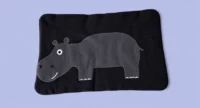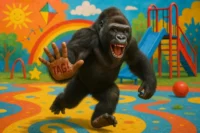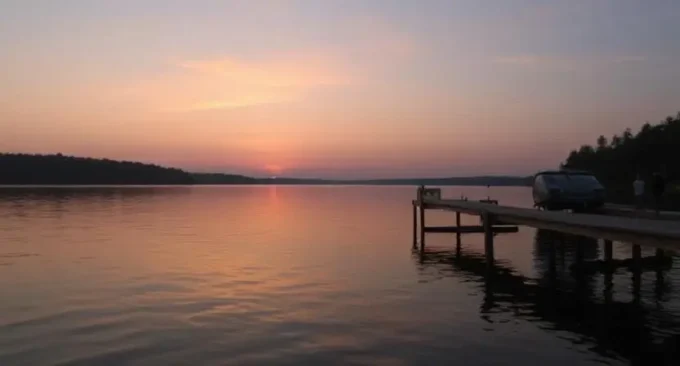Discover how life adapts over time by investigating evolution through the “consider the following hypothetical scenario an ancestral species of duck” exercise.
Introduction
Picture yourself near a peaceful lake millions of years ago. You spot a bird that resembles a duck but isn’t exactly the same. Its beak is sharper, its wings are shorter, and its feathers don’t have the same waterproof sheen as mallards of today. Perhaps this animal is the ancestor of the duck—the start of a tale that will eventually provide us with the endearing quacks we hear in every pond.
This intriguing thought exercise will be our focus today: “consider the following hypothetical scenario an ancestral species of duck.” How would it appear? How would it survive? What might it teach us about survival, adaptability, and evolution?
Understanding the Concept of a Consider the Following Hypothetical Scenario an Ancestral Species of Duck
Scientists ask us to visualize something that may not be readily evident when they ask us to “consider the following hypothetical scenario an ancestral species of duck.” It’s a mental exercise, similar to going back in time to see what might have happened in the movie of life. We can better comprehend how animals might have evolved over time and fill in the gaps in the fossil record by utilizing hypothetical scenarios.
What Makes an Ancestral Species of Duck Important?
Why is it important to consider the following hypothetical scenario an ancestral species of duck? because it enables us to identify the origins of contemporary biodiversity. Today, there are remnants of an ancient evolutionary tale in every quack, dive, and flight. We are linked to the epic story of life’s adaptability through the ancestral duck.
Consider the Following Hypothetical Scenario an Ancestral Species of Duck: A Thought Experiment
Imagine an animal that is developing webbed feet but isn’t yet ready to swim. Although it spends a lot of time on land, it lives close to water. As it consumes little aquatic animals, its slightly pointed beak is starting to flatten. It is a lovely hybrid that is neither totally duck nor entirely its ancestor.
It’s similar to witnessing the consider the following hypothetical scenario an ancestral species of duck before the finished form is produced by nature.
Consider the Following Hypothetical Scenario an Ancestral Species of Duck: The Environment of Early Ducks
The first duck species most likely lived in a period of changing temperatures, with marshes, lush wetlands, and river deltas that supported flora, fish, and insects. These environments forced animals to evolve since they presented both opportunities and risks. Features like webbed feet and waterproof feathers weren’t extras in such a setting; they were essential.
Adaptations: From Land to Water
At consider the following hypothetical scenario an ancestral species of duck, ducks are renowned for their smooth water-gliding skills, but they weren’t born with them. Like children learning to balance, early ducks most likely struggled to balance between walking and paddling. Evolution gradually rewarded organisms that were better at moving and feeding in water. Their wings became more aerodynamic as their legs shifted backward on their body over many generations, increasing swimming.
Consider the Following Hypothetical Scenario an Ancestral Species of Duck: The Evolution of the Duck Beak
The broad, flat beak of a duck is one of its most recognizable characteristics. It’s possible that the ancestor’s beak was sharper and used to capture tiny insects. However, the beak flattened to filter dirt and water for edible parts as food sources varied. Form follows function in the most elegant way; it’s evolution’s take on updating tools for a new job.
Feather Evolution: Nature’s Ingenious Design
Ducks’ feathers served as their waterproof armor in addition to keeping them warm. According to scientists, early ducks’ feathers resembled fluff and progressively changed to develop oil-producing glands that kept them dry. It is comparable to having an inbuilt raincoat that is always in good condition.
The Role of Migration and Climate in Duck Evolution
At consider the following hypothetical scenario an ancestral species of duck,duck species were significantly shaped by climate change as ice ages came and passed. In search of warmer climates, some ancestors moved, gaining stamina and navigational abilities. The amazing migratory species of today, which cover thousands of miles every year, are the result of these characteristics that have been passed down through the generations.
How Predators Shaped the Duck’s Survival
It was difficult to survive. Large fish, reptiles, and even mammals were among the predators that early ducks had to contend with. They evolved protective adaptations over time, like as camouflage feathers and group life, which offered safety in numbers. The law of nature was unambiguous: adapt or die.
Consider the Following Hypothetical Scenario an Ancestral Species of Duck: Social Behavior in Early Ducks
Ducks may have been gregarious even in the past. They were safer and had a better chance of finding food when they lived in flocks. The duck’s innate ability to cooperate, communicate, and flock became a part of its identity and is still present in the quacking groups we witness today.
Consider the Following Hypothetical Scenario an Ancestral Species of Duck: From Ancient Lakes to Modern Wetlands
The offspring of those ancestral ducks currently live in wetlands all over the planet after millions of years. The duck’s adaptability to both Asian rice fields and Canadian ponds is evidence of its evolutionary path. They have adapted to live in freshwater and saltwater habitats.
Comparing Ancient Ducks to Modern Species
Ducks of today, such as mallards and teals, demonstrate the progress of evolution. They are among the most adaptive birds on the planet because of their highly specialized beaks, feathers, and instincts. However, their DNA, bone architecture, and behaviors still bear the marks of their ancient predecessors.
Lessons from Evolution: Adapt or Disappear
Change is a constant in life, as the story of the primordial duck teaches us. Only those who are willing to adapt survive as conditions change. In many respects, evolution is similar to human resilience in that both require adaptation, learning, and thriving in the face of adversity.
Why Hypothetical Scenarios Matter in Science
“Consider the following hypothetical scenario an ancestral species of duck,” you might ask. Because science advances through thought experiments. Researchers create hypotheses, plan investigations, and uncover insights about the complexity of life by imagining what might be. Curiosity is what drives advancement.
FAQs
- What does “consider the following hypothetical scenario an ancestral species of duck” mean?
It’s a way to explore evolution by imagining what an early version of ducks might have looked like and how they lived. - Did ducks really evolve from another bird species?
Yes. Ducks likely evolved from ancient waterfowl species that adapted to semi-aquatic life over millions of years. - Why do scientists use hypothetical scenarios in biology?
Because fossils can’t tell the full story, scientists use reasoned imagination to bridge gaps and understand evolutionary patterns. - How did early ducks adapt to water life?
Through gradual evolution—developing webbed feet, waterproof feathers, and specialized beaks for filtering food from water. - What can humans learn from the evolution of ducks?
Adaptability and resilience. Like ducks, we too must evolve—mentally, socially, and environmentally—to survive changing worlds.
Conclusion
In the end, our consider the following hypothetical scenario an ancestral species of duck is more than an ancient bird—it’s a symbol of evolution itself. From primitive feathers to modern plumage, from uncertain waddles to graceful flights, it teaches us that every species carries a story written by time.
So next time you see a duck gliding on water, remember: you’re watching millions of years of adaptation in motion.















Leave a comment